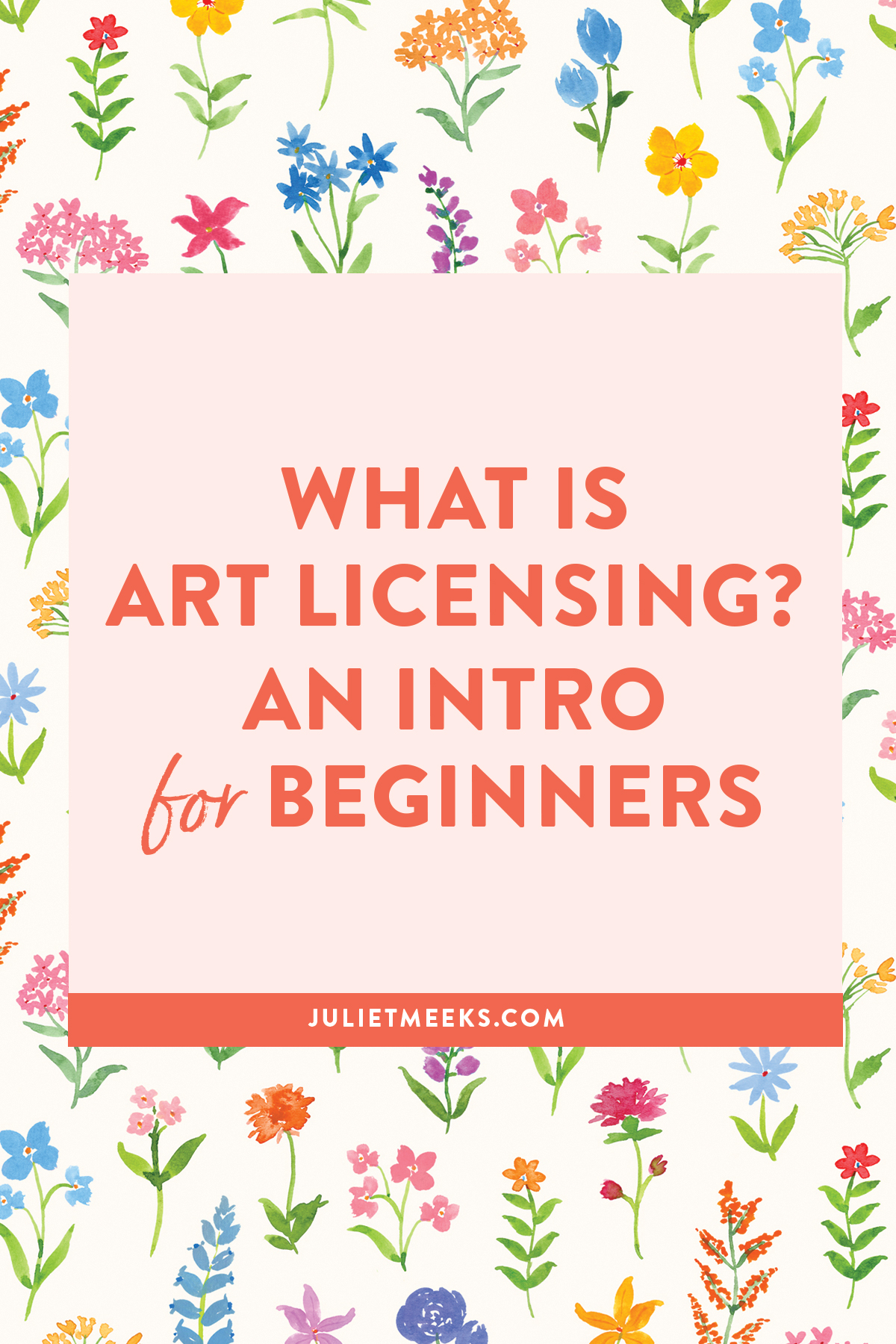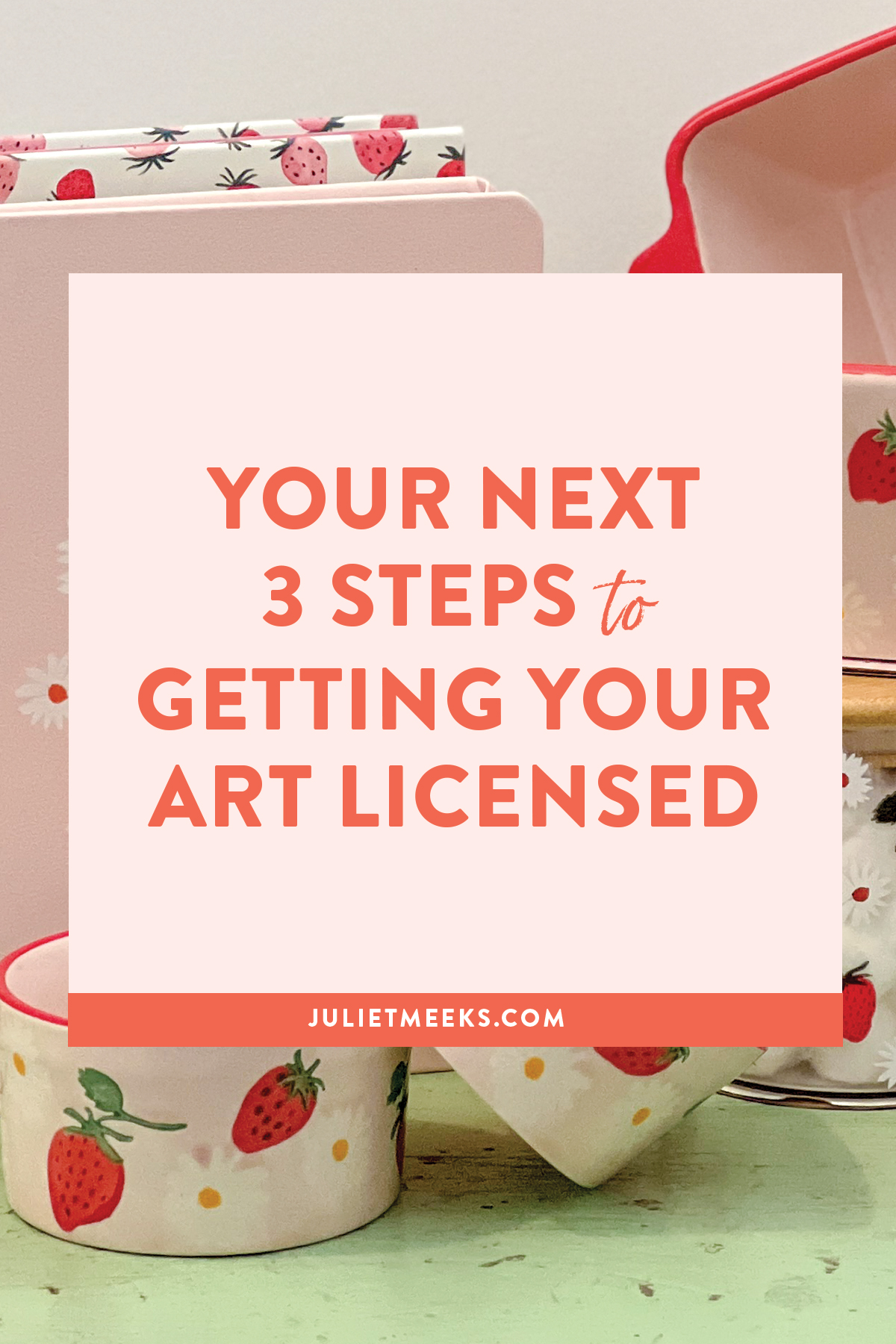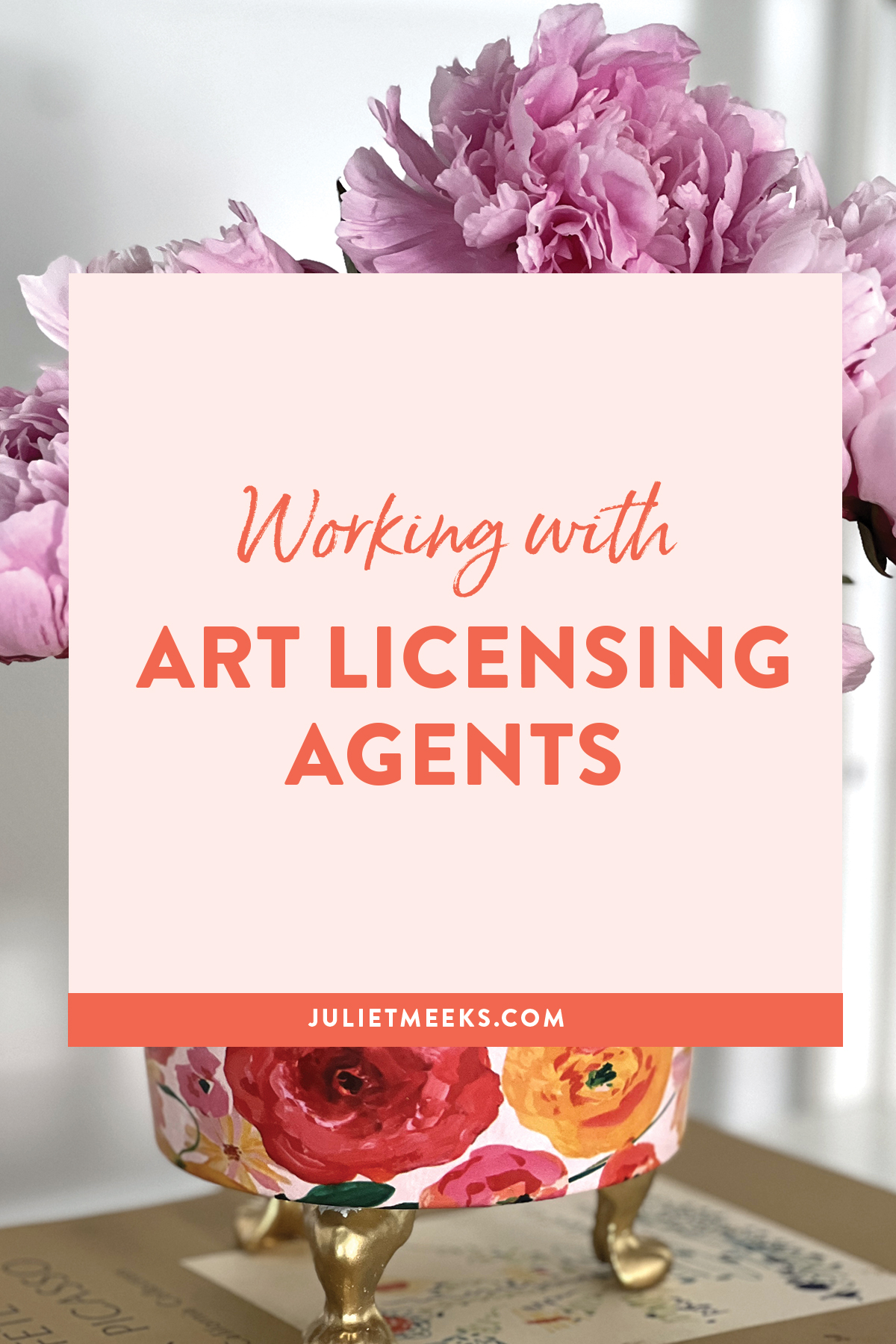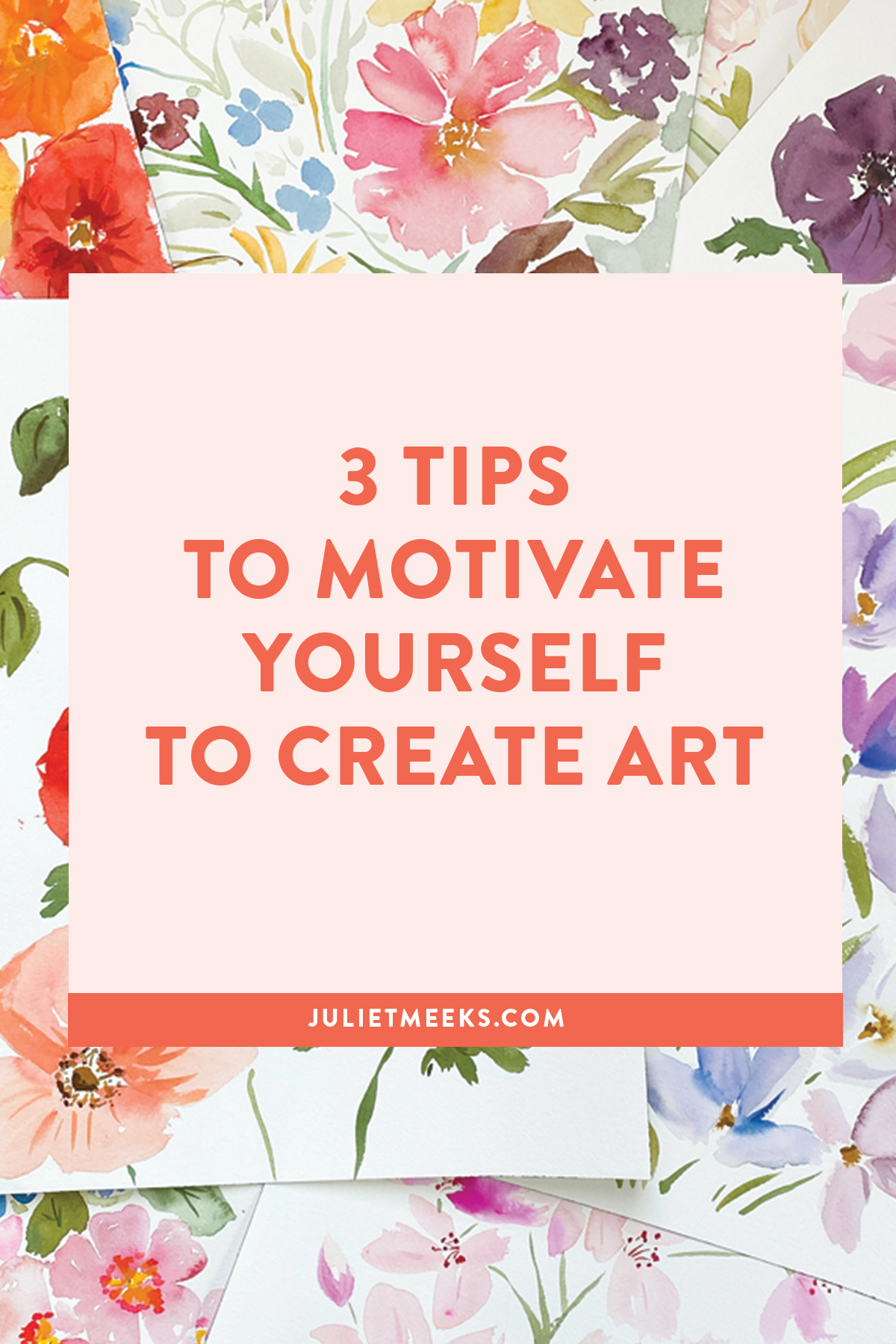If you’re a working artist today, or even if you’re just making art for fun, you’re likely sharing images of that artwork online. Someone can take those images and share them without permission or credit on their own websites or social media accounts, or someone can even use those images to manufacture onto unauthorized products. UGH!
First of all, I want to say that the good that comes from sharing my artwork online outweighs any of the bad. It’s what keeps in me in business, attracts clients and customers, and helps build my community. But there are a few steps you can take to make that artwork a little more difficult for others to steal.
And sadly, at some point that could happen. There are probably instances of my artwork being used somewhere that I have no idea about. It does make me uncomfortable, but I have to remember that sharing my work is still both important to me, and is also one of the foundations of my business.
Here a few ideas for how you can share your work. Pick and choose the methods that work for you!
Share low-res images.
If you’re sharing a direct, frontal view of your artwork either with a photograph or scan of it, that’s when it’s most vulnerable. So what I like to do is upload an image at a size of about 200KB [the example below was posted to Instagram at 800px square], so that if it’s screenshot or downloaded, the close-up will be blurry. This lower-res image is harder for someone to manufacture onto unauthorized products, because the quality will just look bad.
When you save your image in a program like Photoshop, you can resize it to make it smaller before you upload to your Instagram, Facebook, website etc.

Add a watermark to your artwork before you share.
This isn’t something I personally do because I don’t really like the looks of it, but there are plenty of artists who do so. I think it’s especially important for artists who post lots of hand-lettering or quotes, because those are shared most often by other people without credit to the original artist. Below are a couple examples from artists I follow on Instagram. Click each image to go to their original post!


Above, artwork by Jill Phillips and Gemma Correll.
Yes, your watermark can be removed by someone in Photoshop. But, at least the labor involved in that can work as a small deterrent and also show that you mean business.
Crop your artwork or show from different angles.
Instead of showing a full artwork, you can crop parts of it so that it’s less enticing because it makes it more difficult to just grab the image.
Or, you can show your artwork at different angles or part of a larger scene. Below are some examples:
Have the art at an angle. Include a paintbrush, tool, or other object obstructing your art a bit.


Show the art as part of a larger scene.


Crop any close-ups.


Include a © symbol in your bio, website, or even your captions.
By including a copyright symbol, you are letting anyone who is looking at your artwork know that you are serious about protecting your work. It may not prevent everyone, but my guess is that it could help them move onto some other avenue where it seems like they won’t get any pushback.
Don’t know how to actually register the copyright for your artwork? Check out my blog post here.
I am not a lawyer, but if you do come across someone using your work without your permission, there are steps, many of them simple, you can take to protect it. Don’t hesitate to protect your art because it deserves it, and contact a qualified professional to help you do so!






By registering your artwork before the infringement is the only way I have found that I can get a lawyer involved to take my case. I have paid upfront for a lawyer and that was a waste of money, because I don’t have unlimited funds to fight the fight. When I have registered before infringement happens, I have gotten quality lawyers willing to take my case for a percentage.
Daphne – that has been my experience and understanding as well. Thank you for sharing with everyone!!
Thanks for the tips, Juliet! Especially like the one about sharing your work at an angle or with some sort of tool in front of it. Anything to make it more difficult to reproduce. I’ve found one of my paintings being sold In a foreign online shop and it is so disheartening.
Michelle,
Ugh, I am sorry to hear that! I’m glad this article could help you with some new tips. Thanks for reading!
Juliet
Wow this is such a useful article Juliet! I never considered it to be making my work vulnerable by using full front on images online, and that’s mostly what I’ve been posting on Instagram. I will definitely be using some of these tips from now on … thank you!!
Thanks Juliet!
[…] Incorporating this process has helped me feel more secure when sending my files out to clients. If you’re looking for even more tips, read my How to Protect Your Art Online post here. […]